Hinge Points: An Inside Look at North Korea’s Nuclear Program
2009
Dates: February 24-28, 2009
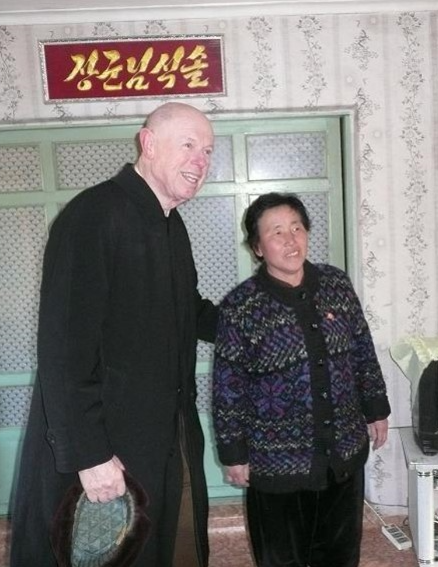
The Stanford delegation led by Professor John Lewis traveled to DPRK roughly a month after President Obama’s inauguration with a hope for a positive turn in bringing the nuclear issue to resolution.
Besides Lewis, the delegation included Hecker, Robert Carlin and David Straub, former director of the Korea Desk in the State Department who had recently joined Stanford University, along with Marjorie Kiewit and Paul Carroll who represented two foundations that supported Lewis’ North Korea work.
Following the change of administration in Washington, the Stanford group was the fourth American unofficial delegation to visit in February.
In Pyongyang, the delegation met a changed tone. At the official first meeting in the Foreign Ministry, Ambassador Ri Gun delivered a tough prepared statement, saying:
“Frankly, we do not believe that a favorable atmosphere exists in the near future to discuss the abandonment of nuclear weapons.”
Ri stressed that “Denuclearization must come little by little. We must build trust step by step. Only when we have normalization and trust, then we won’t need a single nuclear weapon.”
Ambassador Ri Gun meeting notes, Pyongyang, Feb. 26, 2009
On that trip, Hecker was not able to visit Yongbyon, nor meet with former director, Dr. Ri Hong Sop. The North Korean side also revealed plans to stop all disablement actions in Yongbyon and to conduct a satellite launch. The Stanford team departed Pyongyang with a “sinking feeling that more difficult times were ahead”.
Once back in the United States, Hecker analyzed the threat posed by these developments and shared his thinking in presentations and publications. Among them:
- North Korea: Playing a weak hand to perfection. Presentation at Bulletin of the Atomic Scientists Board Meeting, Chicago June 26, 2009. More presentations from 2009 and 2010.
- Siegfried S. Hecker, “The risks of North Korea’s nuclear restart,” Bulletin of the Atomic Scientists, May 12, 2009.
- Siegfried S. Hecker, “Lessons learned from the North Korean nuclear crises,” Daedalus, Winter 2010.
2009: Toughened official stance but continued opportunities to see the country
As usual, John Lewis had arranged several additional visits unrelated to the nuclear issues. In 2009, these visits included a side trip to the city of Sariwon, south of Pyongyang to visit a model farm and a visit to the wire manufacturing plant. The Stanford group registered the toughened official position expressed by the Foreign Affairs ministry but noted that “during our meetings with people from other ministries and our site visits in and out of Pyongyang, we were received cordially and held fruitful discussions about potential academic exchanges”.
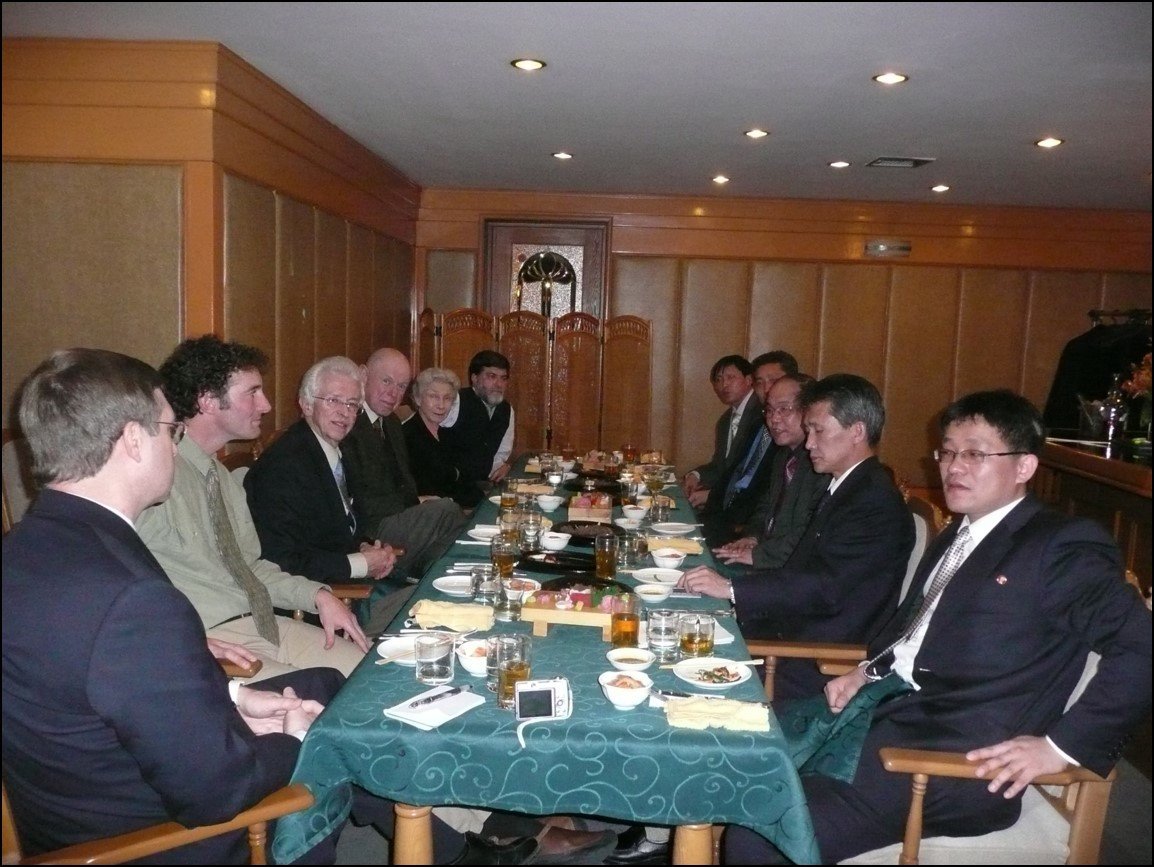
At dinner with American delegation, North Korean hosts told the Stanford team that they were suspending disablement actions at Yongbyon
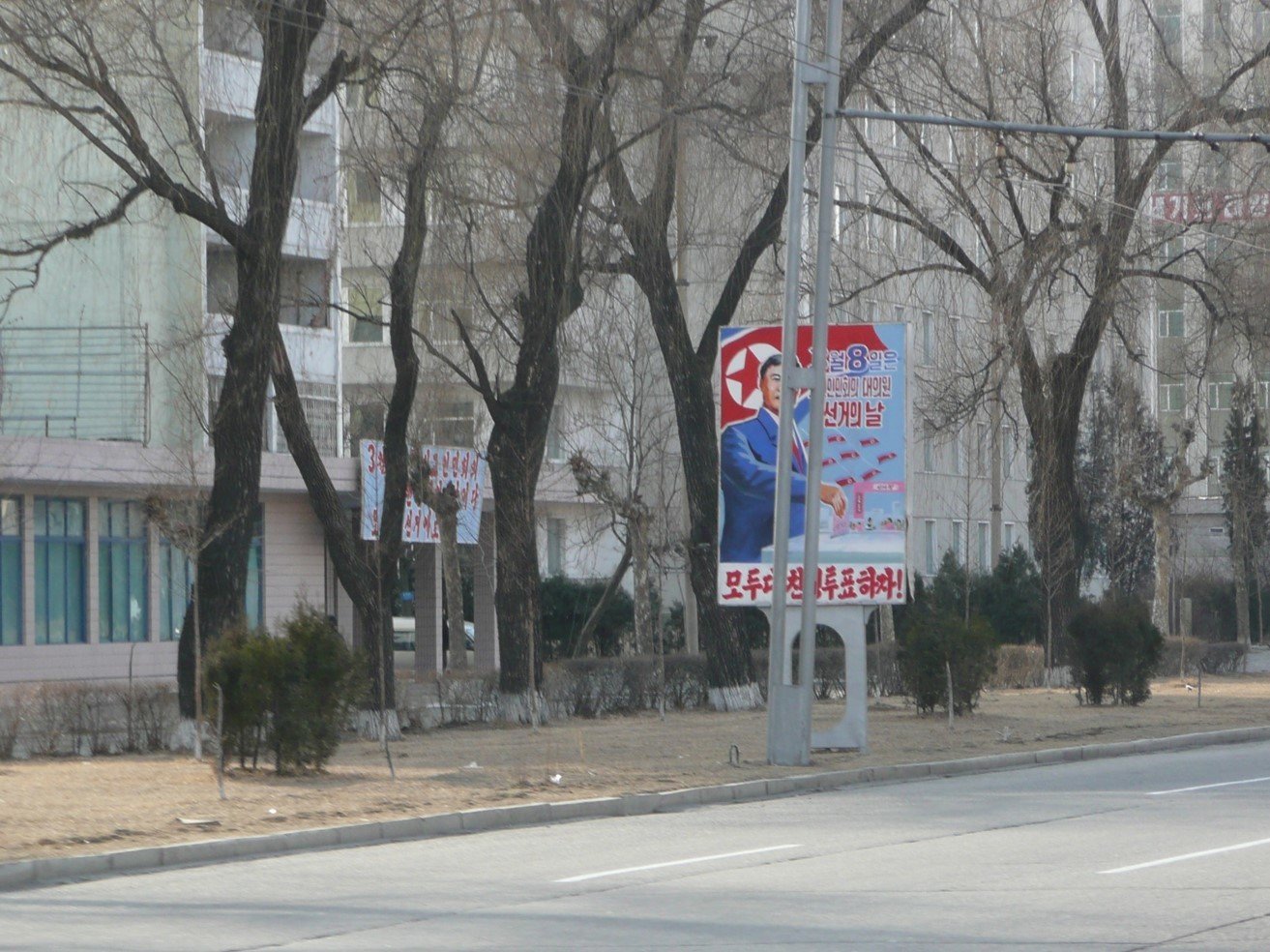
Pyongyang street view. Elections to the Supreme People’s Assembly were to be held on March 3.
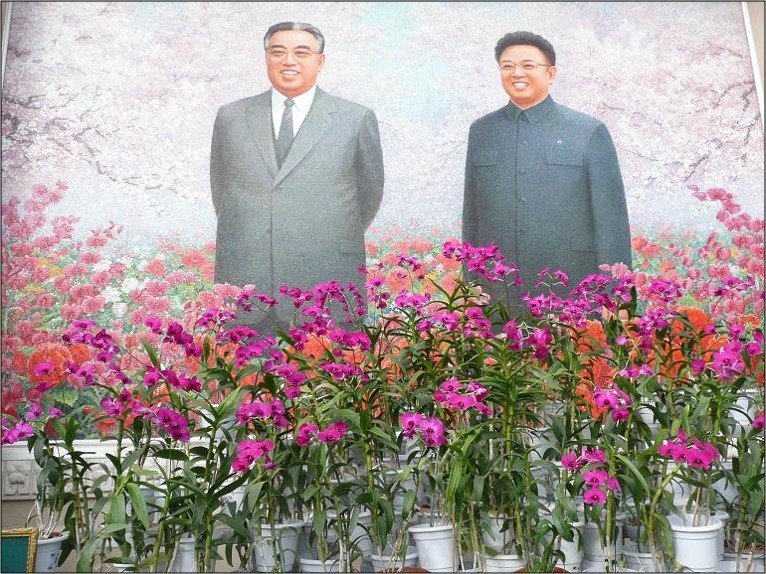
Display of flowers cultivated to honor the Great Leader (Kim Il Sung) and the Dear Leader (Kim Jong Il).
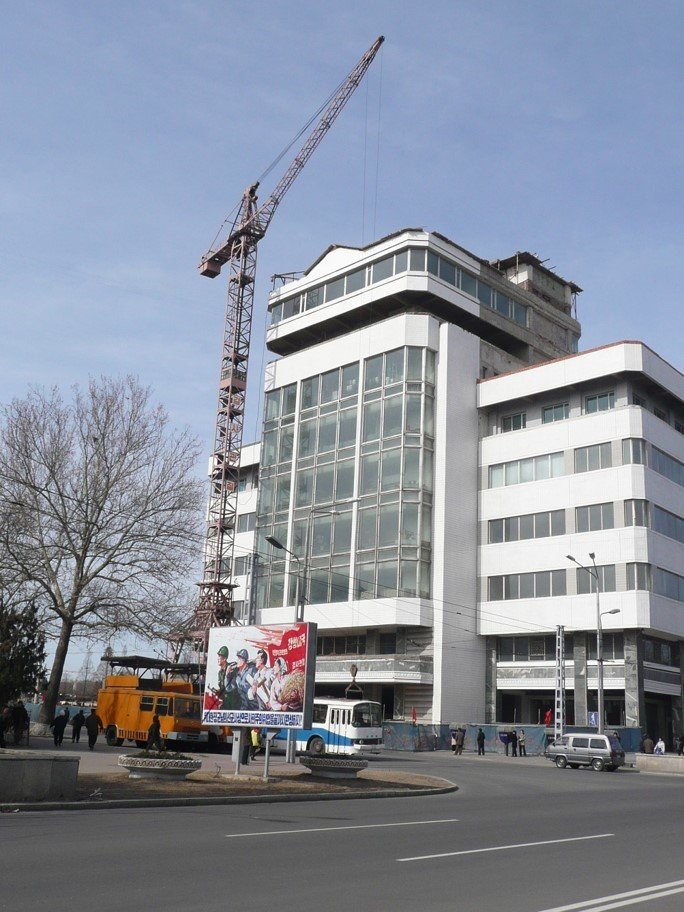
Cranes were a sign of new construction in Pyongyang.
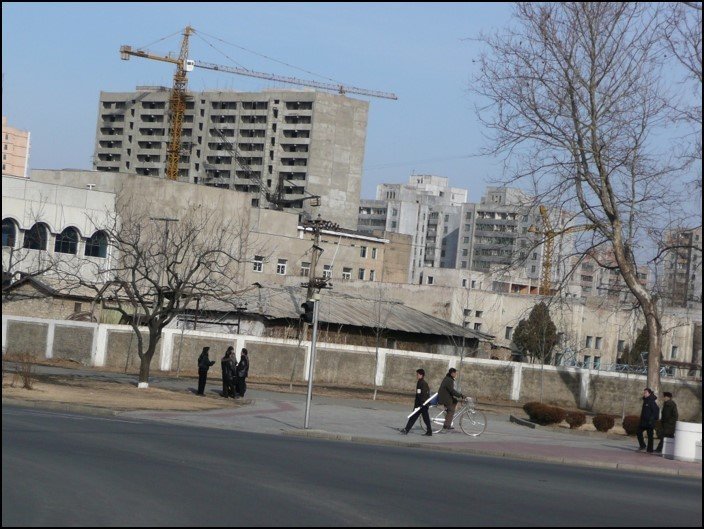
Construction site of apartment building.
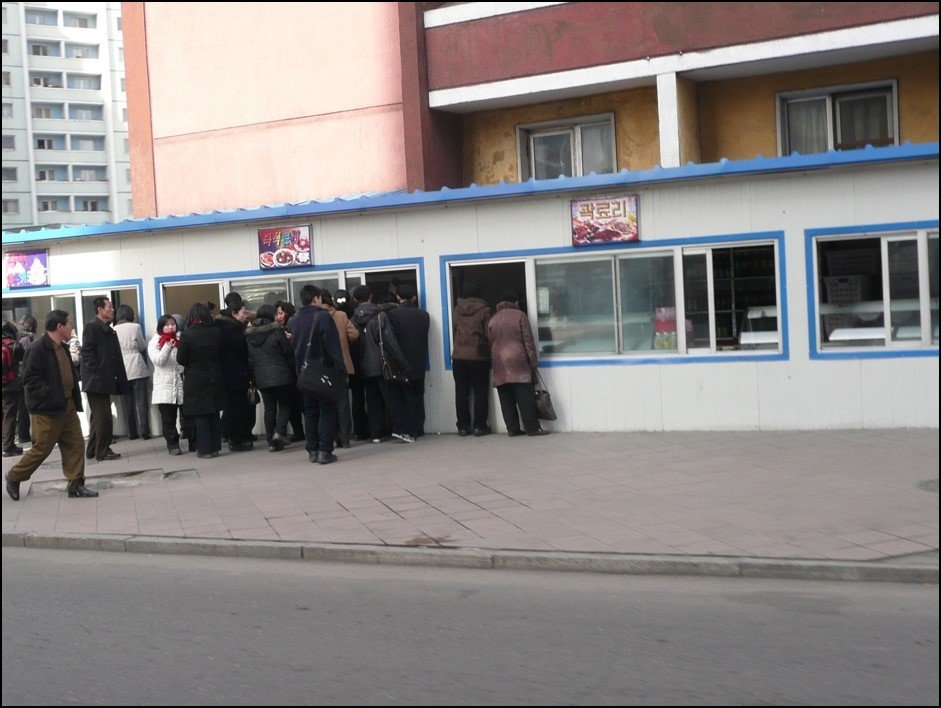
Street food kiosks were busy.
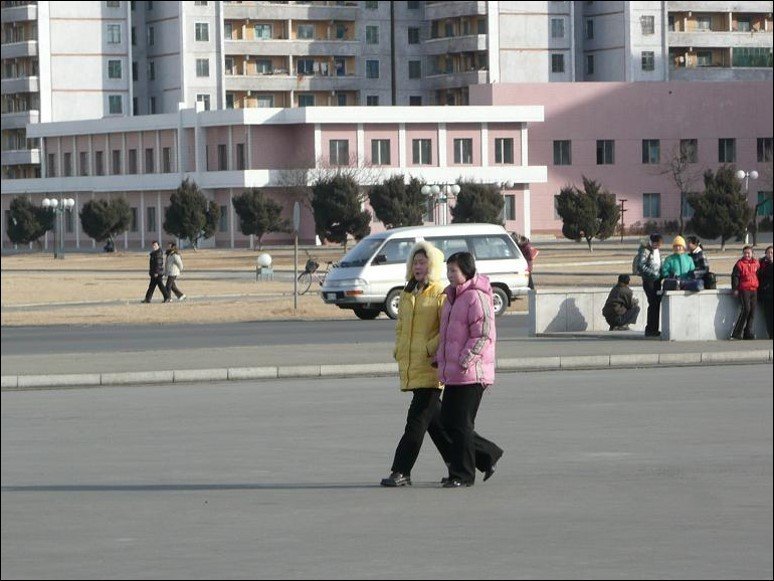
People in the Pyongyang streets were dressed warm and in bright colors. Feb. 2009
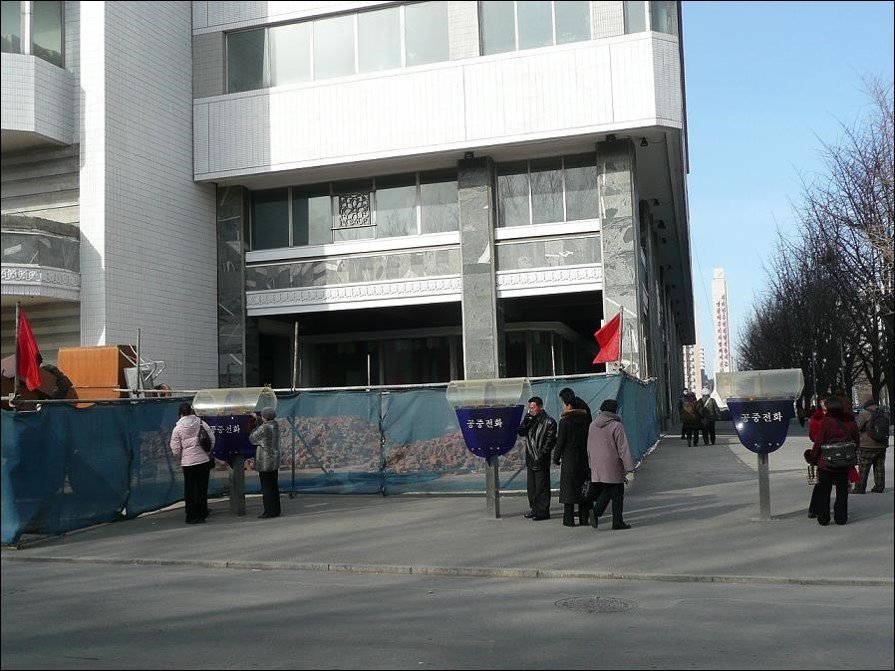
Public phone booths still in demand in Pyongyang in Feb. 2009.
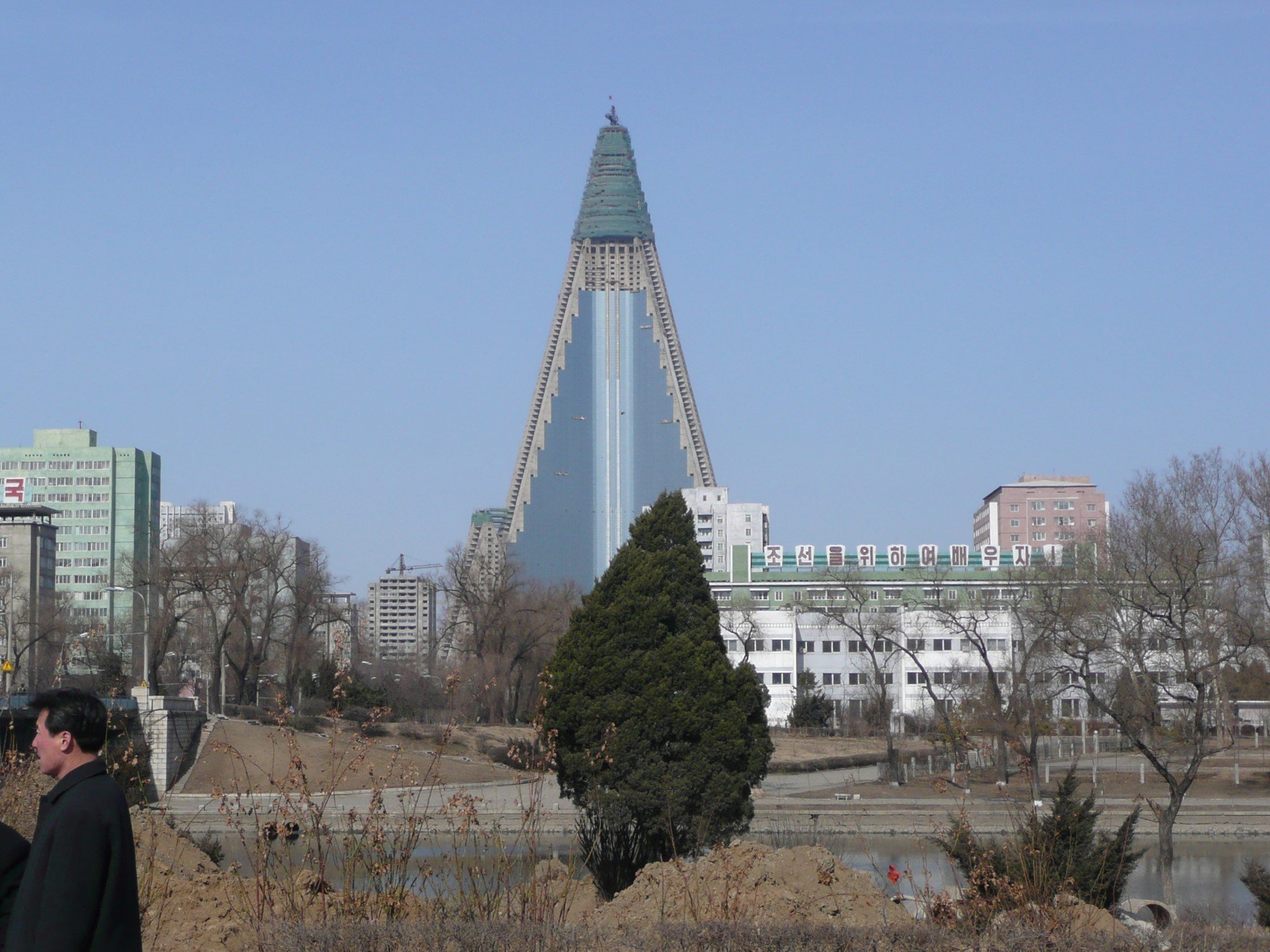
Unfinished Ryugyong Hotel. A grandiose construction project that was started as far back as 1987 and stopped many times. Construction resumed again in 2008.
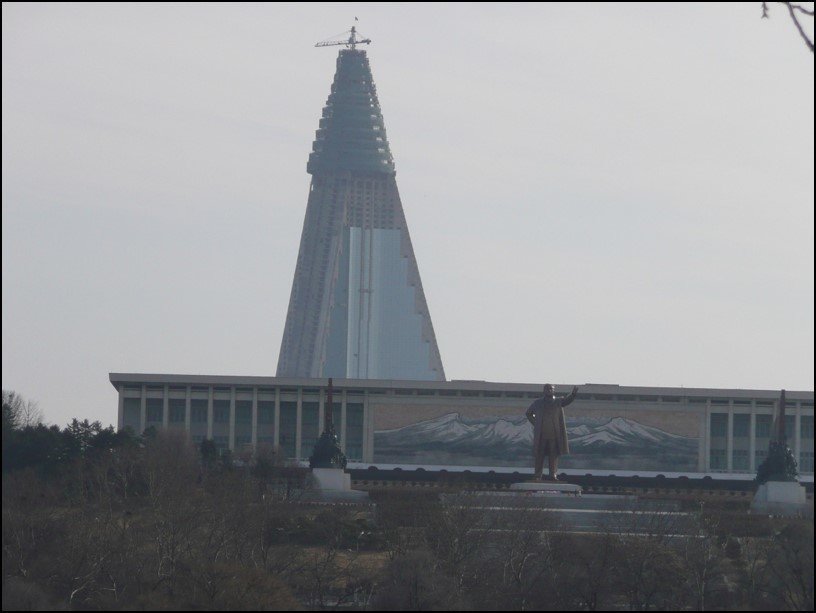
Unfinished Ryugyong Hotel, visible from all points in Pyongyang.
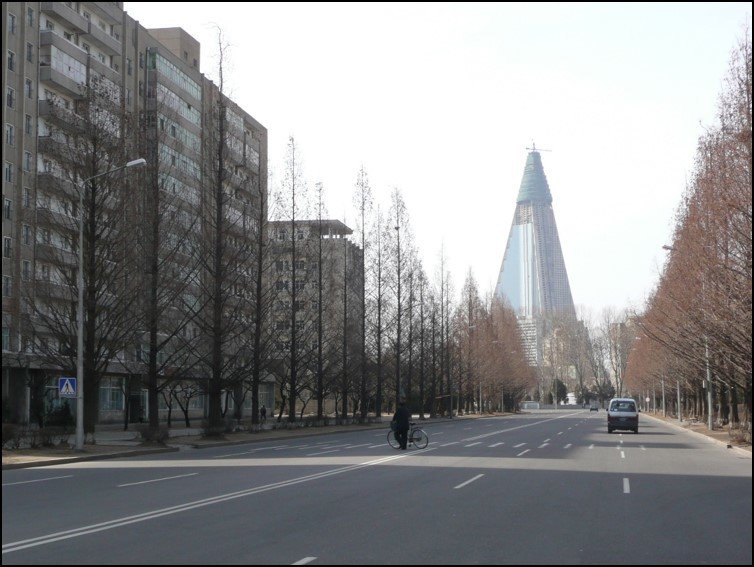
The structure dominates the view from around the city.
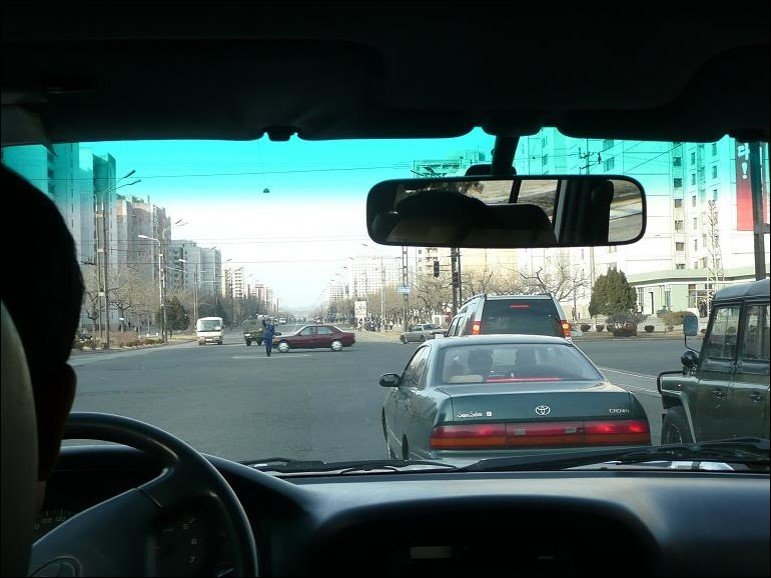
Traffic building up on the streets of Pyongyang.
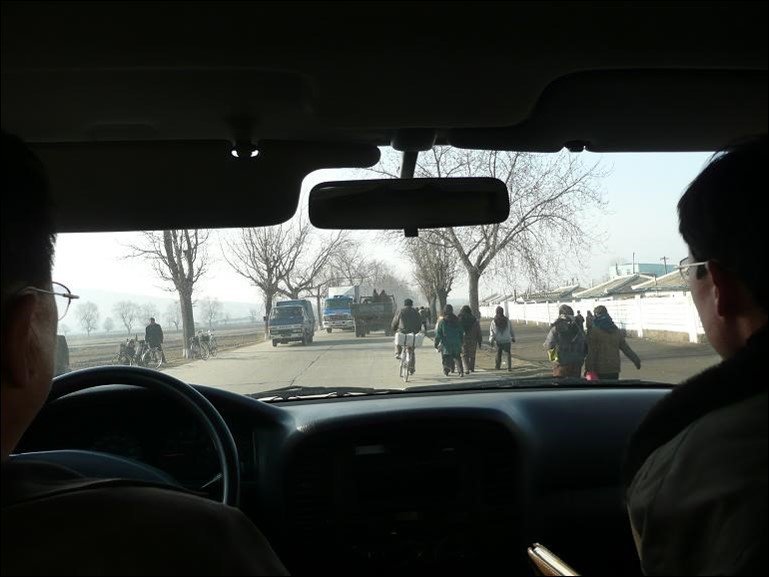
Outside of Pyongyang, roads are shared with bicycles and pedestrians.
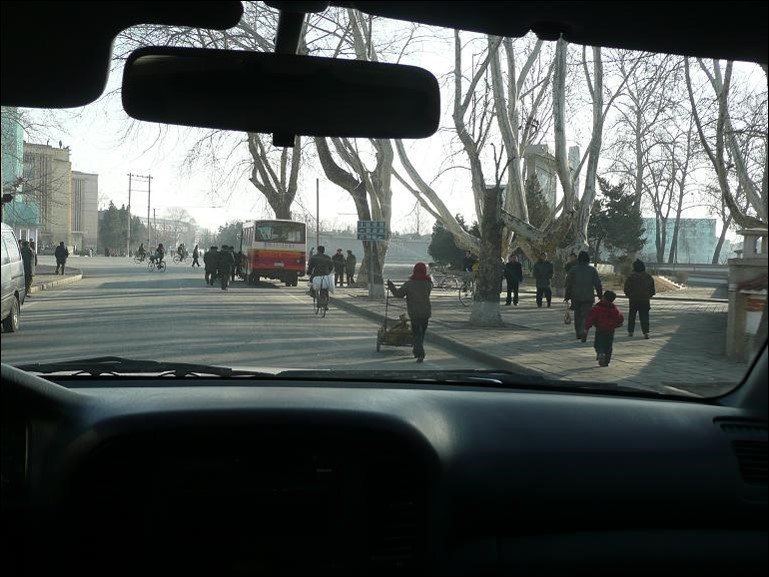
On the streets of Sariwon, city some 60 km south of Pyongyang.
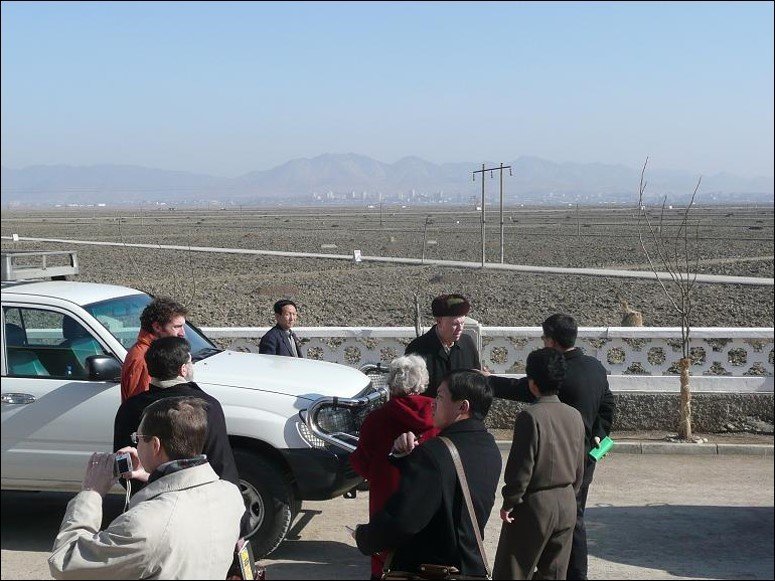
Visiting an agricultural coop near the city of Sariwon.

There were many scenes of manual field labor and simple transportation.
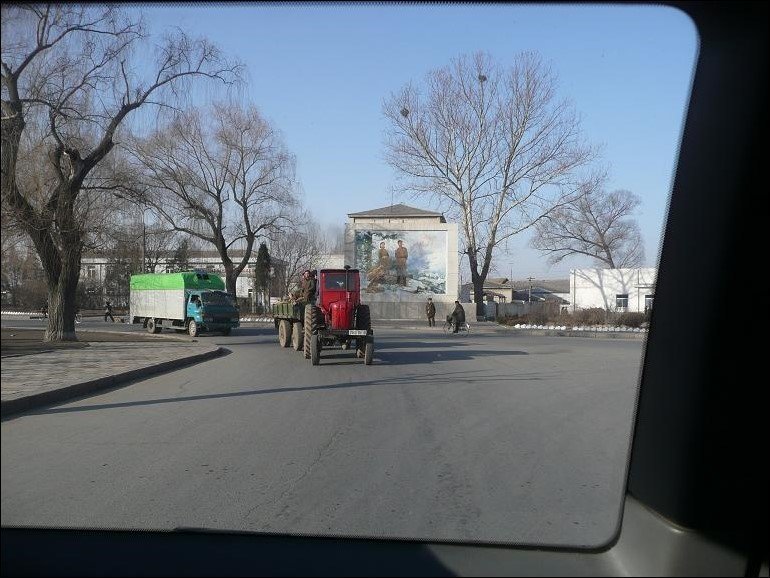
Tractors and trucks were also present.
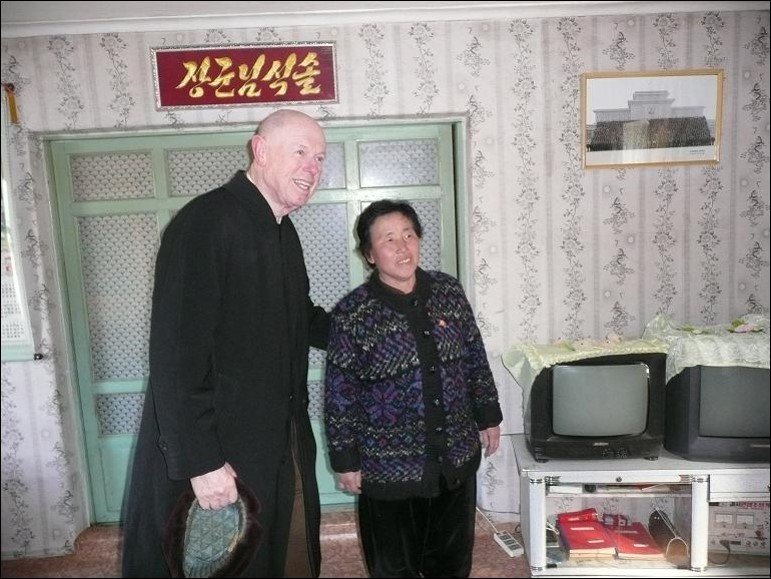
John Lewis visiting the co-op. Lewis wrote in the trip report: “During our visits in and out of Pyongyang, we were received cordially”
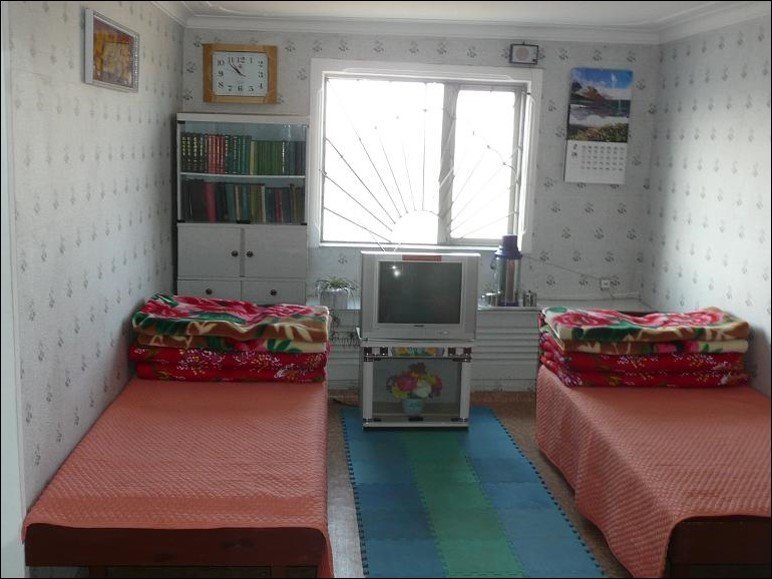
Inside family housing at the farm co-op.
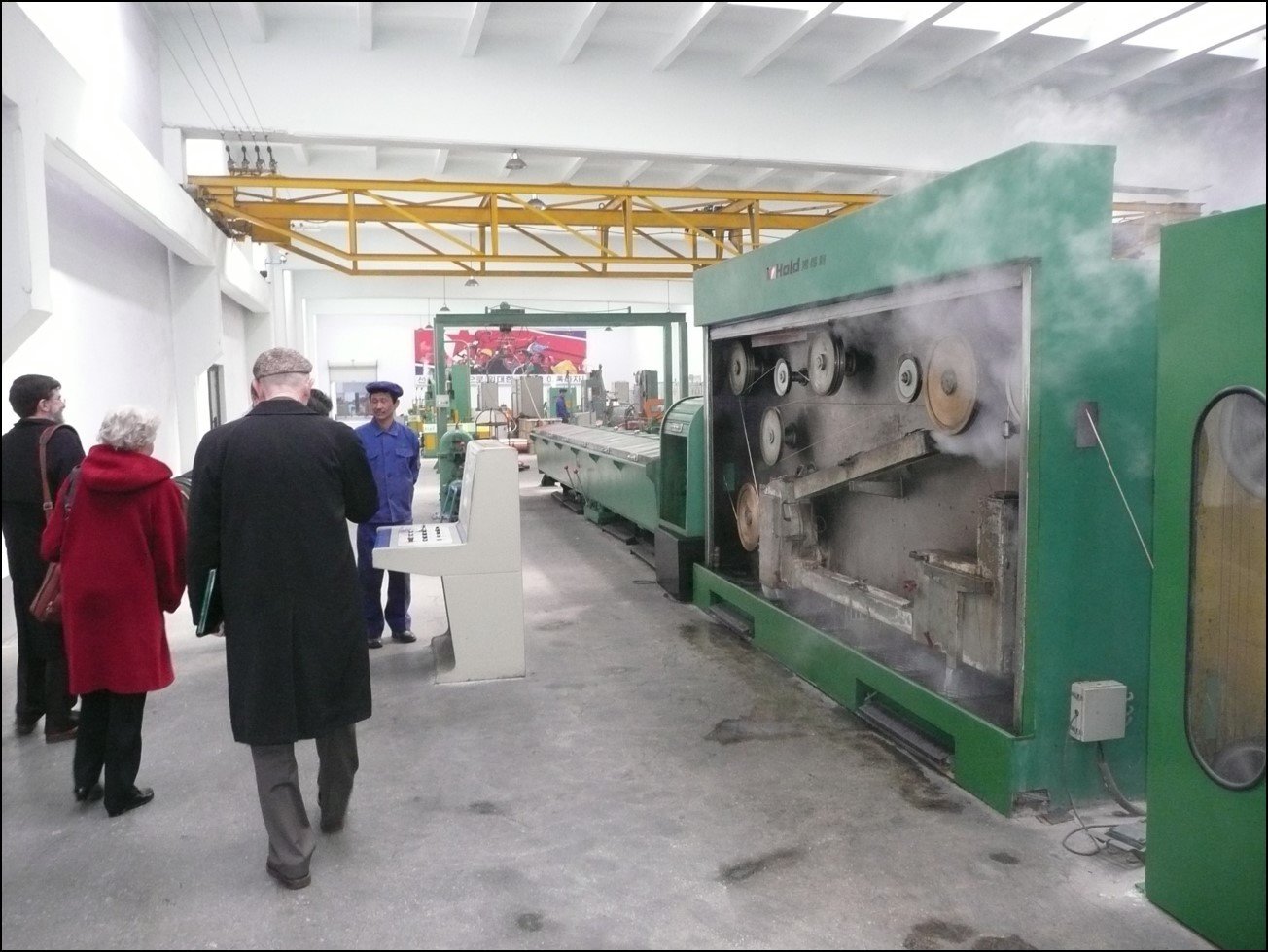
Lewis (right), Marjorie Kiewit, Carlin visiting the wire factory in Pyongyang.
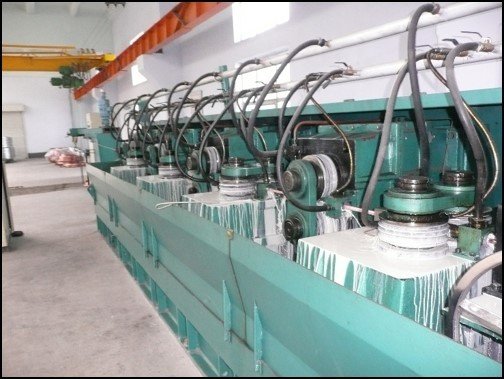
Factory machinery
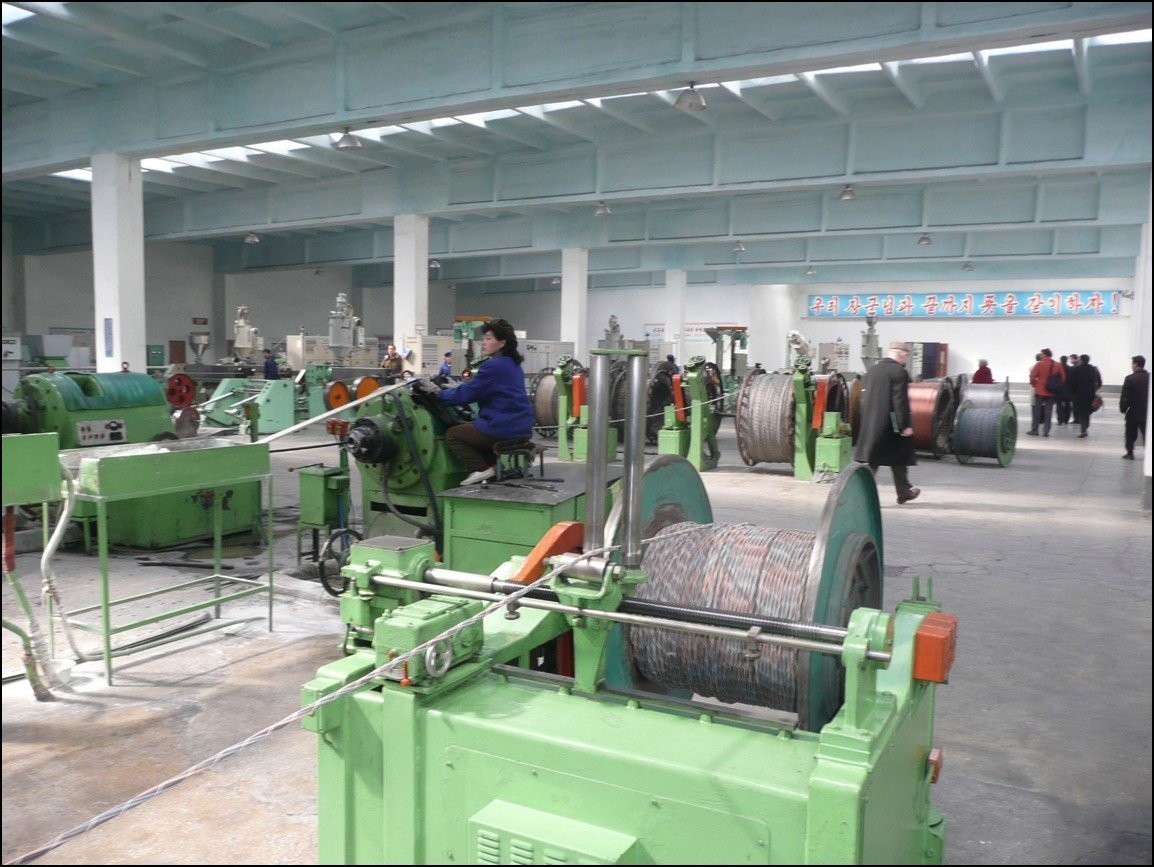
Stanford group touring the wire factory.
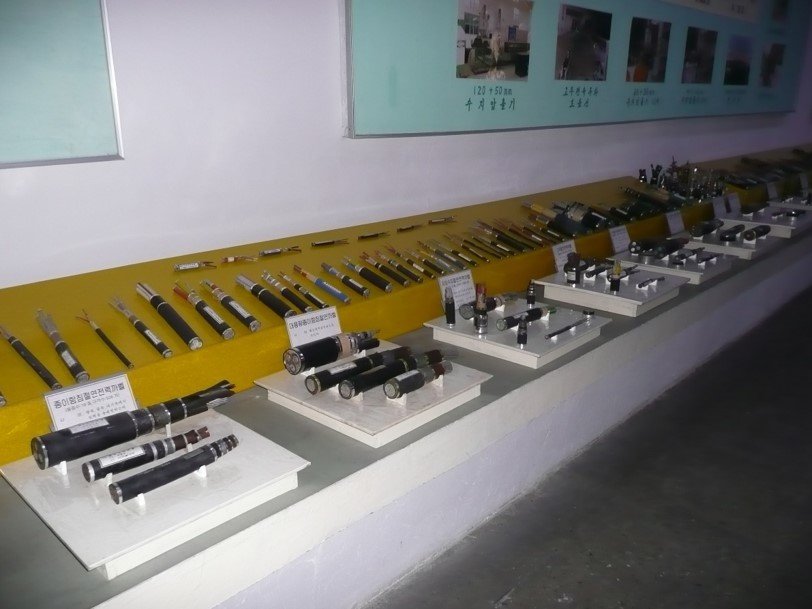
Display of wire and cable products.
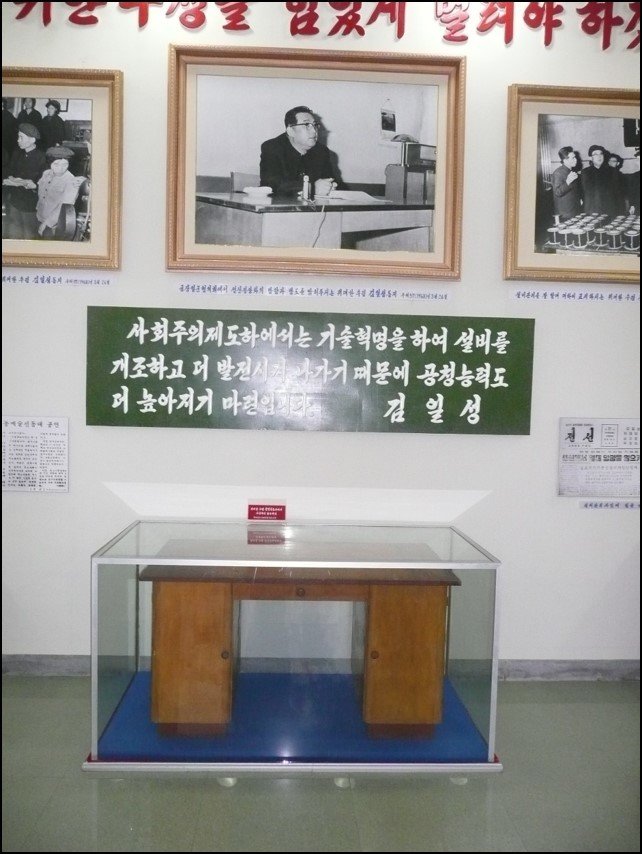
Photos and memorabilia showcasing that factory had hosted two DPRK leaders.

Meeting at China’s Ministry of Foreign Affairs after the return from North Korea.
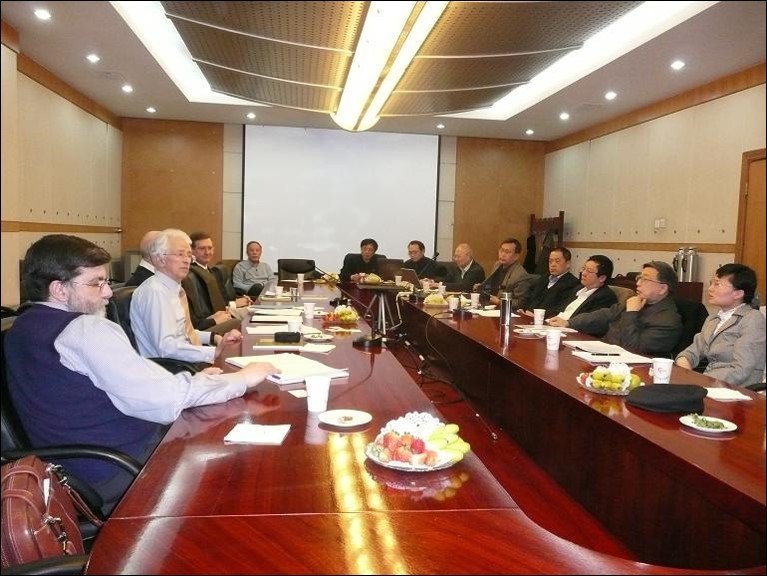
North Korea discussions at China’s Institute for Applied Physics and Computational Mathematics (IAPCM) following DPRK visit.
